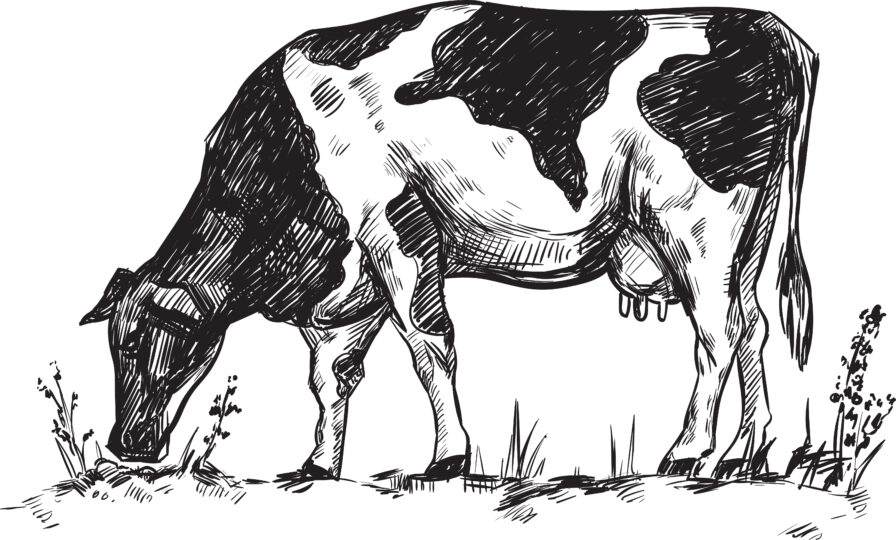Live Cattle:
Futures traders are not showing any signs of slowing down the volatile trade. Cattle feeders are beginning to witness the effects of slaughtering the last of the expensive feeder steer, probably done last week. Losses are gradually decreasing from around $300.00 per head to just over $200.00 per head last week. This trend is expected to continue, but unless there’s a significant increase in fed cattle prices, losses will persist in the foreseeable future. Currently, the most significant markets are energy and bonds. Energy prices have remained high, impacting various sectors, while bonds are seen as indicators of future trends. Presently, it’s believed that the energy market is reaching its peak and bonds are hitting their lowest points. Bonds have not hit new lows, and energy prices have not reached new highs yet. This leads to the expectation of a decrease in energy trading and an increase in bond trading. What does this imply for the cattle market? It’s likely to see lower trading activity, as this indicates the Federal Reserve maintaining interest rates to combat inflation, which could reduce consumer spending. It’s essential to remember that the government is actively trying to control inflation, and cattle trading is among the top three highest-priced commodities.
Feeder Cattle:
To emphasize, while you aim for record-high prices for your product, the Fed is actively working to control inflation within the same time frame. Even though both objectives might coexist, the Fed’s goal could significantly impact consumers’ spending capacity. Remember, their aim is to curb excessive spending. From my perspective, this factor alone heightens the risk of unfavorable price fluctuations, mainly due to the Fed’s agenda. Now, it’s a matter of deciding whether to utilize the resources available or wait for uncertain future developments. You’ve accumulated a considerable amount of risk. Do you prefer to handle it independently or enlist assistance? It’s a straightforward question, yet challenging to answer. I strongly suggest considering how much harder it’ll be to find affordable assistance once the challenges become more apparent. Take action today, and if you require assistance, don’t hesitate to reach out to us.
Hogs:
Hogs are higher. Traders have reached a new peak in the June contract, surpassing the high of June 26th, 2023. This could mark the end of a false breakout, where prices initially fell out of a triangle pattern before suddenly surging, now reaching a new high above the triangle’s previous peak. It’s an unusual occurrence that will be noted as a perfect example of a fals e breakout. I’m closely monitoring the hog market, searching for an opportunity to take a short position and potentially engage in the anticipated downturn in seasonality beginning this week.
e breakout. I’m closely monitoring the hog market, searching for an opportunity to take a short position and potentially engage in the anticipated downturn in seasonality beginning this week.
Corn:
Wheat prices have risen, although not before hitting a new low in the Chicago wheat contract. Corn is struggling to maintain positive territory for the day. Soybeans experienced a gap higher in prices, but I don’t see significant factors driving them much further upward. Overall, the grain market continues to be bearish, but there’s a possibility of consolidation at these lower levels until insurance rates are established and planting activities commence in full swing.
Energy/Bonds:
Energy prices, particularly refined products, have seen a significant decline. There’s an expectation of increased refining capacity in the future, which could address part of the inflationary concerns stemming from high fuel prices. Consequently, I anticipate efforts to reduce both crude oil and fuel prices. Bond prices have risen, albeit after hitting a new low since December 27th. I interpret this recent movement as the C wave of a major wave 2 or B. As a recommendation, I suggest purchasing June bonds at the market, with a sell stop set only at 117’20. Please note, this communication constitutes a sales solicitation.


